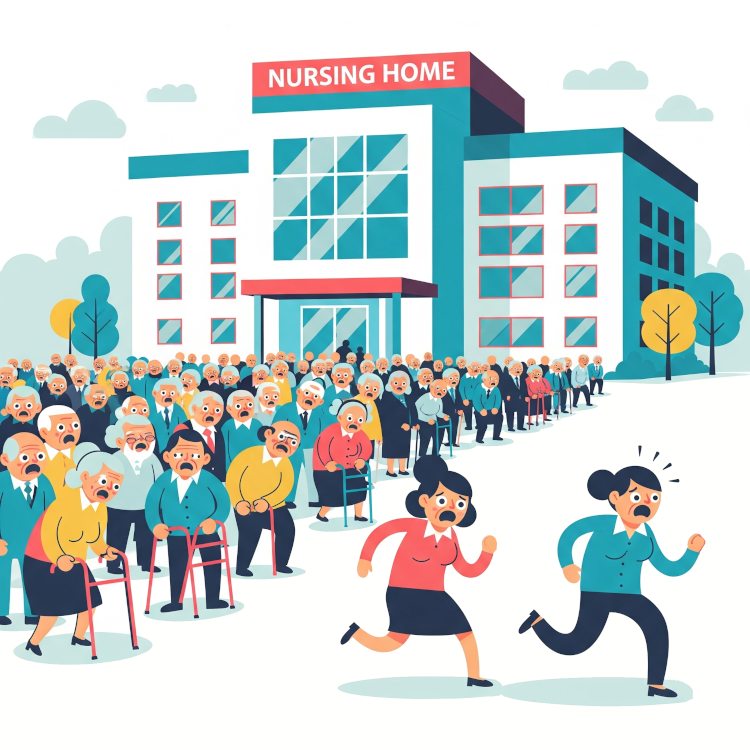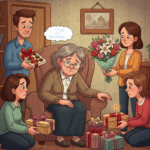Throughout the annals of history, humans have been plagued by death from courses too sundry to mention. Whether people have succumbed to disease, war, famine, accidents or just the harsh conditions of the past, it is a wonder that anyone survived to tell the tale and bring us into the modern era at all. Indeed, according to Statista, in the United States for every baby born in 1800, over 46% died before they reached their fifth birthday. Our World in Data agrees, claiming that one in two newborns died before puberty throughout much of history. Things began to change in the twentieth century, however. Major advances in medical care and science saw a sharp drop in infant mortality. By 1950, the rate was recorded at 29.2 deaths per 1,000 live births and in 2023, it fell to just 5.48.
This might all seem like a lot of statistics proving something we already know: the past was a dark and dangerous time and medical enlightenment has (largely) delivered us from the terrors of early death, disfigurement, pain and the grief of losing babies and children. What was once common and even an expected outcome is now, while not completely eradicated, at least a much reduced horror. Thankfully. What, then, is the problem?
A common and grisly sight that our ancestors had to bear was the early death of many of their kin. Something they almost never had to deal with was an aging population. “A great trade-off!” you might say. I’m inclined to agree. Yet it is more than an equal trade at stake. Thanks to the superior quality of care that we receive, the average age of death globally in 2019 is 73.4. Contrast this to a man from the 18th century, who was expected to live to thirty-four or someone from 1300-1400. The average age of death at that time was forty-five.
It would have been a strange sight in the Middle Ages or Victorian times to have seen so many older folks sprinkled into the population. A time traveler from those eras would have a hard time reconciling how we care for our elderly, as well: we have nearly 31,000 assisted living facilities currently registered in the US. Forty-five percent of people cite Alzheimer’s Disease as a reason that their elderly relatives require care, but that leaves more than half of the people in assisted living who do not necessarily have a neurodegenerative disease process. They simply require more care than their families can reasonably provide.
It is this aged population who sit, locked into that place we all dread. It’s a sort of a jail, if you will. It is the intermediate place in between living and dying where they (and, eventually, we) receive care for the body but not the soul. The time spent is indeterminate. The days are indistinguishable. If a person did not have dementia upon entering, they will be sure to develop it in short order, as there is little or no mental stimulation to be had. If you want to live forever, go to a nursing home. Every minute will feel like an eternity.
And yet, there is hope. There is always hope when there is care. Even for those forsaken by most, all it takes to bring joy is that care. This is not trite, it is true. A call, a letter … these simple actions show that there is still life worth living. One lives in the mind, in the heart, and in the friendship of others. Establishing that friendship, building that bridge, is like watering a plant long starved of it. It isn’t a secret that our elders are desperate for connection and companionship; they are a population most at risk for loneliness and depression. The reasons are many and don’t require enumeration here. The problem seems overwhelming and, in turn, depressing to us, as there appears no ready solution. This is not the case, however; as the population that enters assisted living increases every day, this is an opportunity. There are more people to connect with, more men and women who can benefit from friendship and more opportunities to find a person who suits your style of communication on your time. There are younger seniors now, something of an oxymoron, but true nonetheless, and with that there are now people in nursing homes who are able to access forms of technology to stay connected, which wasn’t the case even a decade ago. In short, the problem provides its own solution to help. In reaching out to others, you may find it also benefits yourself. Please lay the groundwork to help our seniors and show our younger generations how to incorporate the care of elders in our society. It’s a duty we owe to them—and ourselves. It only takes a moment to make a phone call or send a text. Will you set aside that moment today?



